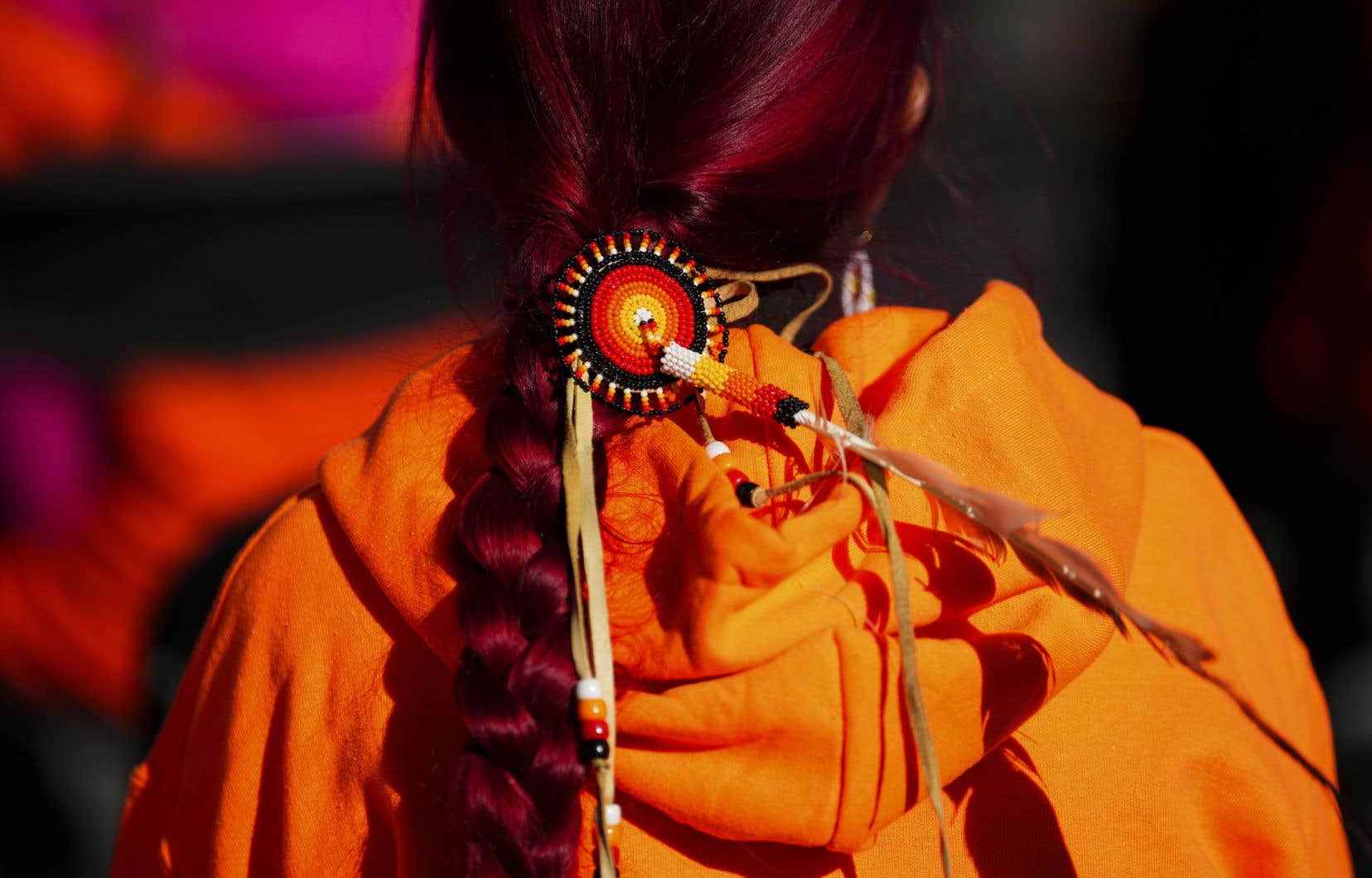Although the number of female First Nation chiefs has increased over the past 10 years, women remain underrepresented.
Cora Voyageur, a sociology professor at the University of Calgary and a member of the Athabasca Chipewyan First Nation, says she sees some stagnation.
“15% to 18% of chefs are women. It’s been pretty constant for the past 15 years,” she says.
And for those who choose this path, “the road will be difficult”, she adds.
And the country has witnessed it over the past summer. The Assembly of First Nations executive council has suspended its first national chief, RoseAnne Archibald, on suspicion of intimidation and harassment.
She alleged that she had been disciplined for trying to investigate corruption within the assembly and requested a forensic audit of the organization’s books for the past eight years. She returned to the station.
Ms. Voyageur says this episode was heartbreaking.
According to the federal Department of Indigenous Services, the percentage of female chiefs has increased from 18% to 24% from 2012 to 2022. The percentage of women serving on band councils has increased from 29% to 31%.
The ministry mentions that these data are an estimate based on what election officials report. They do not include councils that govern themselves outside of the Indian Act.
In Manitoba, Sheila North, a Cree journalist, is trying to become the first woman in nearly 35 years to lead the Assembly of Manitoba Chiefs, more than a year after her failed attempt.
She says leaders, both men and women, are trying to correct this imbalance.
“I’m answering the call of my community,” explains Mr. North. I have enough energy to do it. »
Many experts argue that many Indigenous communities were matriarchal, but European colonization and the Indian Act disrupted social structures.
“According to what some people think, leading is only a man’s business. It is the result of colonization and the way our country has evolved. Women have been pushed to the back and their voices are no longer heard,” says Ms North.
Gradually, things are changing. The Nisichawayasihk Cree Nation in northern Manitoba has elected a first chief.
Angela Levasseur decided to put her brilliant career as a lawyer on hold and applied after receiving encouragement from members and elders of her community.
In the current system, Ms. Levasseur is considered the first woman to be head of the nation, but she points out that several others preceded her, if we go back further in history.
“We have always had women as leaders. We must restore the balance if we want our communities to recover and Indigenous peoples to move in the right direction. »
Since her election, Ms. Levasseur says she has listened to other women interested in becoming chiefs or members of a band council.
“I strongly encourage them to apply and not be afraid. We must have courage and appeal to the wisdom of our grandmothers and our ancestors to support them. »
